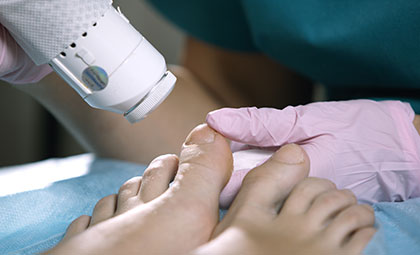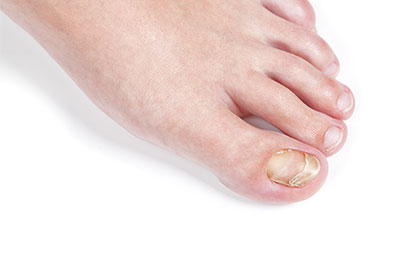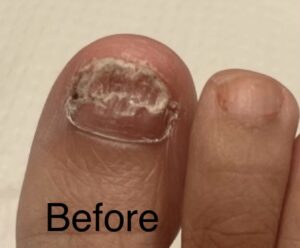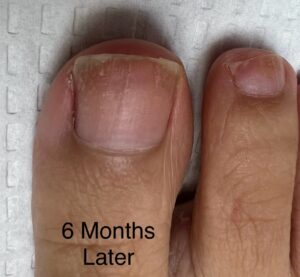

Nail fungus, also called onychomycosis, affects many patients, with Laser Nail Fungal Treatment being the primary solution. Both men and women of all ages can be afflicted, but it is primarily common to toenails of older men. It can also make wearing open-toed shoes or sandals embarrassing because it can show itself in thickened nails, different colored nails, and lifted toenails. This condition should not be confused with others such as athlete’s foot and skin fungus, as they are similar in explanation. There are traditional treatment methods for onychomycosis, such as topical therapies, but these treatments are seen to be inconsistent. The most problematic issue with this condition is that treatment can become complicated because fungi live in dead tissue, making it difficult to get medications to these sites. Also, it is extremely common for onychomycosis to be entirely asymptomatic, meaning that it will not produce symptoms, creating severe problems with those living with the condition.
At our office, we provide an in-office treatment with a patented foot laser. This tool directs laser light to destroy the fungus under the nail.
How does Laser Nail Fungal Treatment work?
The lasers produce coherent light energy of a specific wavelength, which projects onto the tissue, producing heat and hence killing the fungus. The tissue components are unaffected and so spared.
While the fungus is destroyed, the healthy skin and tissue are left alone. There are no discomfort or side effects associated with laser nail fungal treatment, unlike the side effects that can be present with oral medications.
Laser nail fungal treatment is also more effective than other treatments, such as topical medications, because it can reach fungus that other treatment methods cannot. The laser is the newest way to treat fungal nails with no risk and very high success rate.















